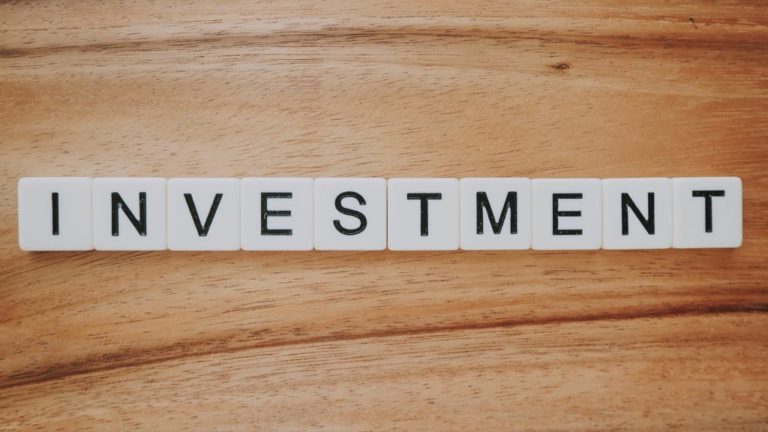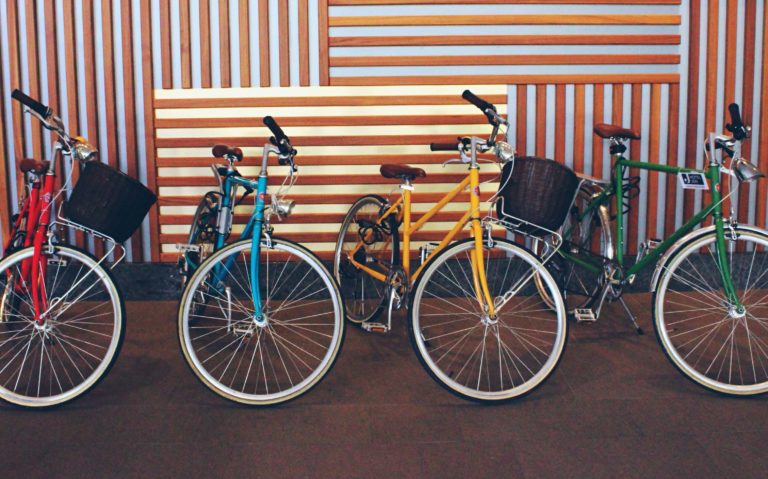Recent updates say: “Stay on top of your brand, don’t just think about creating content, and don’t be complacent”
Every month (sometimes every day) Google launches updates to subtly tweak the way it processes search queries – like when someone types “bike shops nearby”. Sometimes these updates don’t even warrant a sentence. Other times, they can drastically change the way businesses of all sizes approach digital marketing. while the cogs and gears of every bike (including ebikes) may make us wistful of more analog times, modern bike shops can’t ignore their digital footprint.
So, what are search engine algorithm updates? In essence: they are a reflection of how search is being used, they are search engines adapting to change, and they are an indication of how you should think about the future in relation to digital marketing. The good news? This summer’s first “major” updates aren’t shaking things up too much. Read on to get the overview (a 5-10 minute read)
So what can you expect from Google’s updates in May and June of 2019?
So far, there have been a few changes to the way Google processes and displays search results in the last couple of months, starting with a new look for mobile search at the end of May, a “search diversity update” on June 6th and a “core update” that finished rolling out on June 8th (which we know less about).
A new look for mobile search
As we’ve come to expect, the layout and quantity of information available on search engine results pages (SERP) changes all the time. Recently, Google announced more changes in their May update about mobile search , where they outlined how search results are changing to add each website’s branding (or ‘favicon‘) to the left of their page title. This won’t have any major technical SEO impact, but is more focused on helping searchers scan for and find the results they can trust faster.

Why bike retailers should care: Do you have a good logo? What about a recognizable ‘favicon’ . While small, this little bundle of pixels can really help your brand recognition across the web. If a local customer knows you, has seen your brand online, and searches for “bike shops nearby” – chances are if they see your logo pop-up on a search result, they’ll trust the result and click-through to see what you have to say. The takeaway? Google is encouraging people to scan and find their result faster, don’t stand out like a sore thumb.
More diversity in search results
The search diversity update from June 6th will impact what you see on SERPs in a much different way by answering a frustration many companies have had over the years – the same websites dominating too many links in search results. Sometimes, 4 or 5 of the top results come from the same website. This isn’t Google’s goal – so June’s update aims to fix it by promoting more diverse results. In general, you shouldn’t see more than two listings from the same domain.
The announcement from Google’s own @searchliaison Twitter account:
This site diversity change means that you usually won’t see more than two listings from the same site in our top results. However, we may still show more than two in cases where our systems determine it’s especially relevant to do so for a particular search….
— Google SearchLiaison (@searchliaison) June 6, 2019
“What about sub-domains?”
In general, Google treats sub-domains as part of the main domain. For instance, if you have blog.mysite.com or mysite.com – the two would be considered the same domain, and would count towards your two results.
Important note: this is about core results, not search features. This change only impacts core search results – the “classic” smattering of 10 links you’ve grown accustomed to finding on Google over the years. Search features like “top stories”, video snippets, answers, map-pack, image carousels, and Google My Business results will remain unaffected. This makes it even more important to adopt a solid strategy for reputation and review management – since creating new pages and domains with the hope of drowning out negative press or bad reviews will no longer be viable.
An example of a search feature:

Why bike retailers should care: This update could help level the playing field for smaller businesses with a smaller digital footprint, but it also underscores the need for good and highly varied content. What does that mean? It means articles, it means videos, it means images, galleries, FAQs, maps, and everything in between. It also means you should be posting on your social media platform of choice to capitalize on every opportunity you have to own local search terms in your area.
The takeaway? Don’t forget to give some marketing and content love to the places your customers are hanging out – and try to have something for everyone: including words, images, and video. This doesn’t just help your brand in a “big picture” way – it can help solidify you in local search results as well.
What did the June ‘core’ update change?
Google’s June 2019 core update finished rolling out on June 8th – and while some of the internet’s larger publishers are reporting negative results – it will still take time to assess exactly how it’s affecting businesses. That said, if you have someone on staff that keeps track of your web traffic, it’s helpful to make a note of the date when these updates roll out to be able to track traffic increases or decreases. Did your traffic increase or decrease? It’s helpful to make note of these dates using Google Analytics ‘annotation‘ feature.
As is typically the case with Google’s more broad-sweeping changes, Google engineers remain fairly tight lipped about the specifics. What they do offer, however, is a reminder to stick to best practices: good content, fast sites, and great usability. Danny Sullivan, of Google, had this to say:
Something you can do now: go to Google’s Site Speed checker, enter your URL, and pass the suggested changes along to your developer.
Want to do better with a broad change? Have great content. Yeah, the same boring answer. But if you want a better idea of what we consider great content, read our raters guidelines. That’s like almost 200 pages of things to consider: https://t.co/pO3AHxFVrV
— Danny Sullivan (@dannysullivan) August 1, 2018
Check back often for the latest updates on how bike retailers can make the most of modern digital marketing and search engine optimization.
The Bike Cooperative exists to make life easier for IBDs, how can we help?






